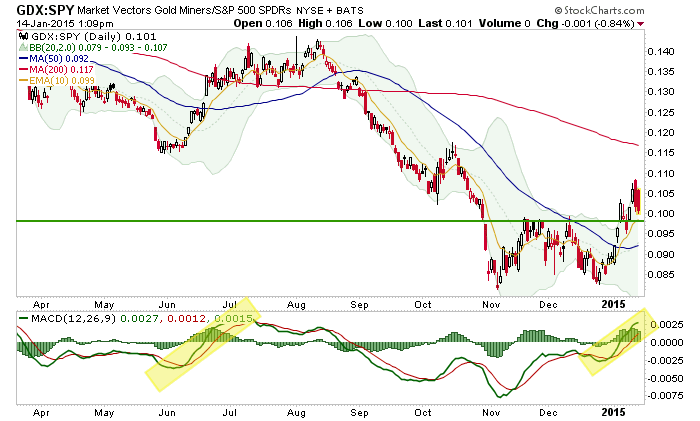Kitco Commentary
Post on: 11 Апрель, 2015 No Comment

Monday August 05, 2013 08:17
Editor’s Note: Seasoned Metals Analyst, Kira McCaffrey Brecht shares her extensive commodities knowledge on Kitco.com. Kira has been writing about the financial markets for over a decade — posts during her career include Managing Editor at TraderPlanet, Chicago Bureau Chief at Futures World News, Market Analyst at Bridge News and Technical Analyst for MMS International and Managing Editor at SFO Magazine.
Gold bulls have paused for a well-deserved rest. They are a bit tired after the 14% rally surge since the June 28 low. All trends need a break as the bulls take some time to rebuild momentum for the next upmove.
Short-term gold technicals have improved, the U.S. dollar is in retreat and gold traders remain focused on the U.S. Federal Reserve’s tapering of its $85 billion per month in asset purchases, which could start in the third quarter this year. All eyes will be firmly focused on the Fed’s policy statement due out on July 31 after the Federal Open Market Committee (FOMC) meeting.
There’s been a lot of new information, market action and reactions in recent weeks and the gold market has now shifted into a short-term consolidative pattern ahead of the FOMC meeting and the August 2 release of the U.S. July non-farm payrolls report.
However, this is a good time for gold players to consider an important distinctionare you a trader or investor?
Generally, a large amount of traders, no matter what their trading vehicle, tend to rely on technical factors, which can include trend, chart patterns, momentum, moving averages and a variety of other indicators. Technical traders like to say it’s all in the charts which reflects the beliefs that all known fundamentals are currently priced into the current price of gold, a currency, or even a stock. Technical chart points can offer traders specific entry and exit points, including stop-loss and target levels.
Investors, however, tend to focus more on big picture, macro, long-term fundamental market dynamics. Investors are in the market for the long-term. And, quite honestly, once an investor is inhe or she is often best served by simply ignoring shorter-term market gyrations.
In the short-term, the gold market is very focused on the U.S. economic data, the Federal Reserve and when the tapering of monthly asset purchases might begin. Those are some of the key dynamics moving the market over the short-term.
But, gold investorsthose who tend to participate in the physical market on a long-term buy and hold basisreally need not pay too much attention to this dynamic. The Fed will taper. At some point, U.S. Federal Reserve monetary policy will begin to normalize, though the timing of this remains in question, as much of the developed world remains mired in a sluggish and slow growth environment.
Nonetheless, for gold investors, the key news emerging for the metals market continues to emanate from the EastChina, India. This is where the global growth demand for gold lies now and in the future. Gold is a unique commodity, currency, wealth preservation toolwhatever you choose to call itas it reacts to a number of different market drivers. Gold investors need to keep their eye on the right ball, which is rising physical demand from the East.
The data reported this week suggest a record half year for Chinas gold consumption, with the Shanghai Gold Exchange reporting 1098 tonnes of physical gold was delivered in H1 13, compared with 1139 tonnes for the full-year 2012 (Bloomberg). Separately, Chinas NBS reported record volume of gold and silver jewellery sales in H1 13, up 43% y/y, wrote Barclays analysts in a Commodities Weekly report to clients.
Also, it has been reported that the World Gold Council estimates Chinese gold demand to hit 950 to 1,000 tonnes in 2013, and that China will overtake India to become the world’s largest gold consumer.
While there has been some media coverage highlighting the disappointing inflows initially into China’s first gold ETFs, western traders need to understand the cultural affinity for those in the East to own physical gold, not a paper derivative product. Gold ETF demand will grow in China in the months and years ahead as the individual mom and pop investment community becomes more sophisticated. But, it will not take away from physical gold demand, which is an age-old and deep rooted tradition in both China and India, as more and more citizens rise into the middle class and will for the first time be able to buy gold of their own.
Bottom line? If you are gold trader, there are lots of opportunities and the charts can shine a light on key entry and exit points. If you are a gold investor, stay focused on long-term, big picture macro demand trends, which generally emanate from the East.
By Kira Brecht, Kitco.com. follow her on Twitter @KiraBrecht
Disclaimer: The views expressed in this article are those of the author and may not reflect those of Kitco Metals Inc. The author has made every effort to ensure accuracy of information provided; however, neither Kitco Metals Inc. nor the author can guarantee such accuracy. This article is strictly for informational purposes only. It is not a solicitation to make any exchange in precious metal products, commodities, securities or other financial instruments. Kitco Metals Inc. and the author of this article do not accept culpability for losses and/ or damages arising from the use of this publication.














